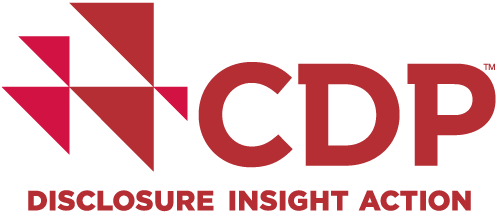Stories of Change
How disclosing companies are taking powerful action to transition to a low-carbon,
water-secure and deforestation-free world.

2023 was a landmark year for the environment. Whilst a record 45.7 million acres of the United States alone burned in wildfires in 2023, last year also saw historic developments within the environmental space, including a long-overdue first Global Stocktake signed by almost 200 countries at COP28. It was also a milestone year for CDP, as we announced over 23,000 companies disclosing environmental data through our global disclosure system.
In CDP’s 2023 Stories of Change, we explore examples from major companies that demonstrate what environmental action can look like in practice, and highlight the tools available to support companies on their climate journeys. Whether through disclosing at record rates, or through the initiatives featured in this report, companies are demonstrating their readiness to take environmental action.
Have a look below at our previous Stories of Change:
Stories of Change 2022 Download PDF
Stories of Change 2021
Download PDF
Stories of Change 2020 Download PDF
Stories of Change 2019 Download PDF
Stories of Change 2018 Download PDF
Stories of Change 2017 Download PDF
